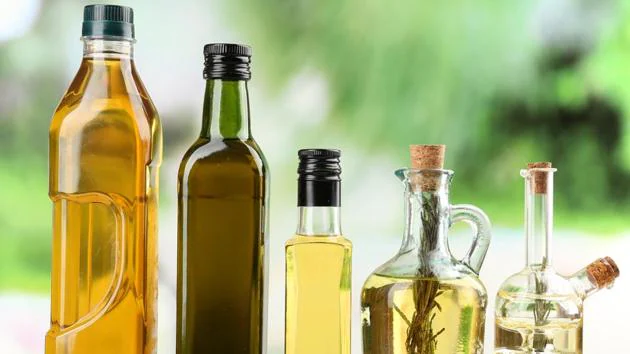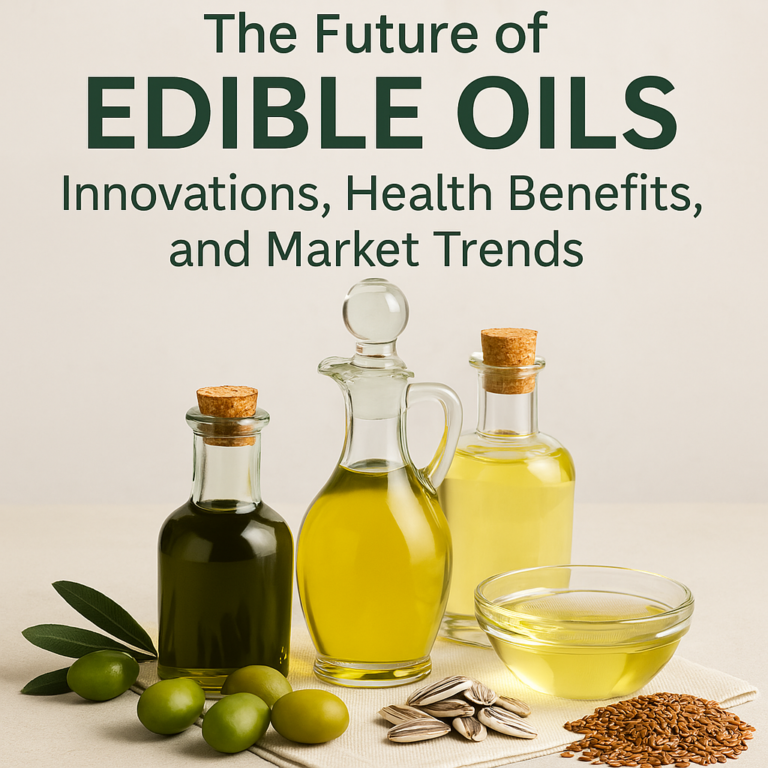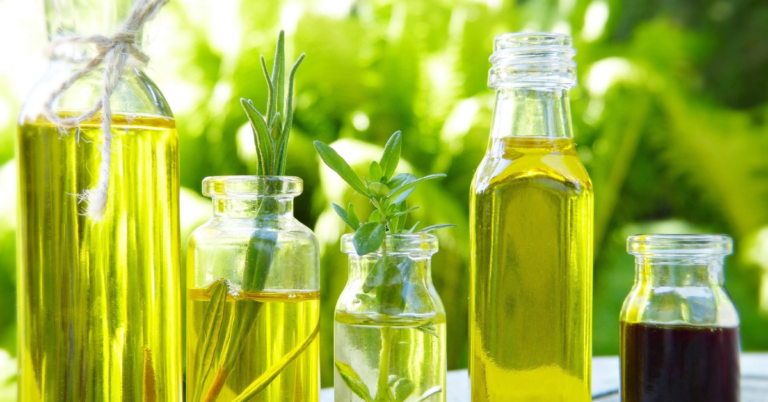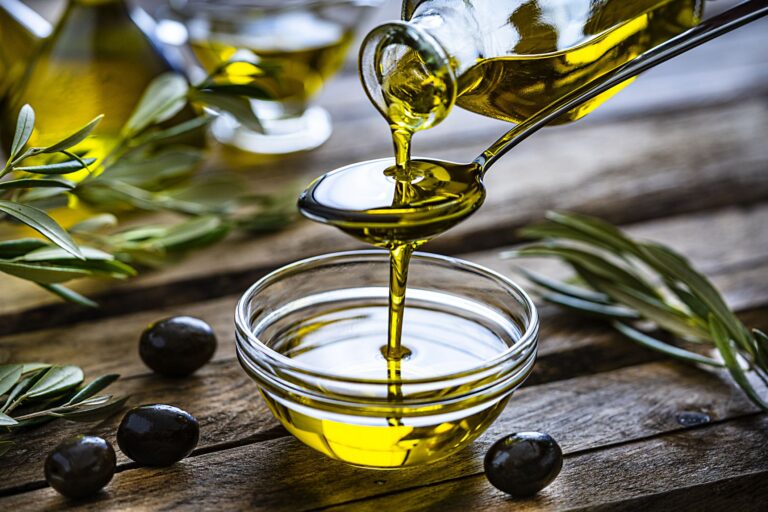
Edible oil is an essential component of our daily diets, used worldwide for cooking, frying, and even as a base for many processed foods. However, the oil we consume doesn’t come directly from seeds or fruits. Instead, it undergoes a meticulous refining process to meet safety, quality, and taste standards. This blog delves into the art and science of edible oil refining, exploring its significance, processes, and innovations.
What is Edible Oil Refining?
Edible oil refining is the process of removing impurities and undesirable components from crude oil to make it suitable for human consumption. These impurities can include:
- Free fatty acids (FFAs)
- Phospholipids (gums)
- Pigments
- Waxes
- Unpleasant odors and flavors
Refining enhances the oil’s shelf life, improves its taste, and ensures it meets regulatory safety standards.
The Importance of Refining Edible Oils
- Purity and Safety: Removes harmful contaminants and impurities.
- Enhanced Taste and Aroma: Eliminates off-flavors and odors.
- Improved Shelf Life: Prevents oxidation and rancidity.
- Regulatory Compliance: Meets health and safety standards.
The Key Stages of Edible Oil Refining
Edible oil refining involves several stages, each designed to address specific impurities and improve oil quality.
1. Degumming
Degumming removes phospholipids or “gums” from crude oil. This process involves adding water or an acid solution to the oil, causing the gums to coagulate. These are then separated using a centrifuge.
2. Neutralization
Also known as alkali refining, this step removes free fatty acids (FFAs) by reacting them with an alkaline solution (e.g., caustic soda). The resulting soap stock is separated, leaving the oil neutralized and ready for further processing.
3. Bleaching
Bleaching removes pigments like chlorophyll and carotenoids, which can cause discoloration. This step involves mixing the oil with adsorbents such as activated clay or carbon and then filtering out the adsorbent along with the pigments.
4. Deodorization
Deodorization eliminates unpleasant odors and flavors using high-temperature steam distillation under vacuum conditions. This step ensures the oil is odor-free and palatable.
5. Winterization (Optional)
For oils prone to solidification at low temperatures, winterization removes waxes and long-chain fatty acids. This step ensures the oil remains clear and liquid at room temperature.
Modern Innovations in Edible Oil Refining
1. Enzymatic Degumming
Enzymatic degumming uses enzymes to remove gums more efficiently than traditional methods, resulting in higher yields and reduced chemical use.
2. Physical Refining
Physical refining, which skips the alkali neutralization stage, relies on steam distillation to remove free fatty acids. It is an environmentally friendly alternative, minimizing chemical waste.
3. Continuous Refining Systems
Automated systems streamline the refining process, ensuring consistency, reducing energy consumption, and enhancing production efficiency.
4. Sustainability in Refining
Many modern refineries focus on reducing energy and water usage, recycling by-products like soap stock, and implementing eco-friendly technologies.
Challenges in Edible Oil Refining
While the process is highly advanced, edible oil refining faces several challenges:
- Contaminant Removal: Ensuring all harmful substances are eliminated.
- Maintaining Nutritional Value: Minimizing nutrient loss during refining.
- Energy Consumption: Managing the high energy requirements of the process.
- Environmental Impact: Reducing waste and emissions.
Benefits of Refined Edible Oils
Refined edible oils offer numerous advantages for both consumers and manufacturers:
For Consumers
- Improved Health: Free from harmful impurities.
- Enhanced Cooking: Neutral flavor and higher smoke points make them versatile for various recipes.
For Manufacturers
- Longer Shelf Life: Reduced spoilage risk.
- Market Appeal: Clear, odor-free oils attract more customers.
By-Products of Edible Oil Refining
Refining also generates valuable by-products, which can be utilized in various industries:
- Soap Stock: Used in soap and detergent production.
- Fatty Acids: Employed in cosmetics and lubricants.
- Phospholipids: Incorporated into animal feed and nutritional supplements.
Conclusion
The art and science of edible oil refining play a crucial role in ensuring the purity, quality, and safety of the oils we consume daily. As the industry continues to innovate, focusing on sustainability and efficiency, edible oil refining remains a cornerstone of the global food supply chain. By unlocking the potential of advanced technologies and eco-friendly practices, refineries can meet the growing demand for high-quality edible oils while contributing to a healthier, more sustainable world.
Refining edible oil is not just about meeting standards; it’s about enhancing the lives of consumers, supporting industries, and respecting the environment. As technology evolves, so does the potential to unlock even greater purity in edible oils.
Want to learn more about edible oil? Visit our blog The Story of Edible Oil: An Indispensable Item for Any Meal for a deeper dive into the techniques and innovations shaping the industry.



